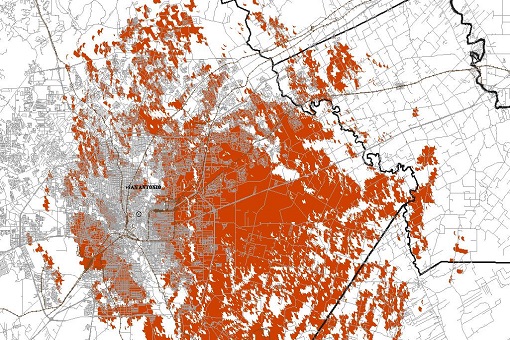Technical Background
RF Coverage Mapping:
A radio propagation model, also known as the Radio Wave Propagation Model or the Radio Frequency Propagation Model, is an empirical mathematical formulation for the characterization of radio wave propagation as a function of frequency, distance and other conditions. A single model is usually developed to predict the behavior of propagation for all similar links under similar constraints. Created with the goal of formalizing the way radio waves are propagated from one place to another, such models typically predict the path loss along a link or the effective coverage area of a transmitter used to evaluate radio transmitter sites; predict radio coverage; conduct intermodulation and adjacent channel interference studies; and design microwave, vhf, and uhf links.
Characteristics:
As the path loss encountered along any radio link serves as the dominant factor for characterization of propagation for the link, radio propagation models typically focus on realization of the path loss with the auxiliary task of predicting the area of coverage for a transmitter or modeling the distribution of signals over different regions. Because each individual telecommunication link has to encounter different terrain, path, obstructions, atmospheric conditions and other phenomena, it is intractable to formulate the exact loss for all telecommunication systems in a single mathematical equation. As a result, different models exist for different types of radio links under different conditions. The models rely on computing the median path loss for a link under a certain probability that the considered conditions will occur.
Development methodology:
Radio propagation models are empirical in nature, which means, they are developed based on large collections of data collected for the specific scenario. For any model, the collection of data has to be sufficiently large to provide enough likeliness (or enough scope) to all kind of situations that can happen in that specific scenario. Like all empirical models, radio propagation models do not point out the exact behavior of a link, rather, they predict the most likely behavior the link may exhibit under the specified conditions.
Variations:
Different models have been developed to meet the needs of realizing the propagation behavior in different conditions. Types of models for radio propagation include: Models for indoor applications Models for outdoor applications, Ground wave propagation models, Sky wave propagation models, Environmental Attenuation models, Point-to-Point propagation models, Terrain models, and City Models.
Performing the RF Study:
Utilizing a PC-based RF propagation software suite Texas Radios, LLC can evaluate radio transmitter sites; predict radio coverage; conduct intermodulation and adjacent channel interference studies; and design microwave, vhf, and uhf links as well as provide accurate RF coverage maps prior to purchase, Email or call us today to discuss your needs.
Past Studies
-
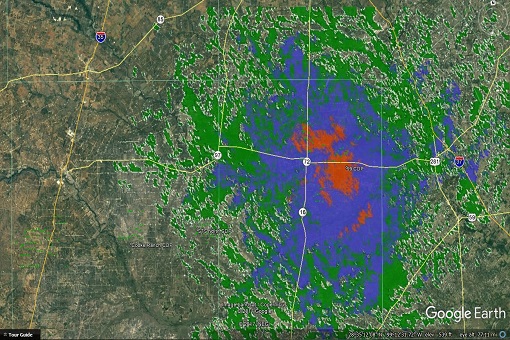
Single Site
South Texas oil well field RF coverage map.
-
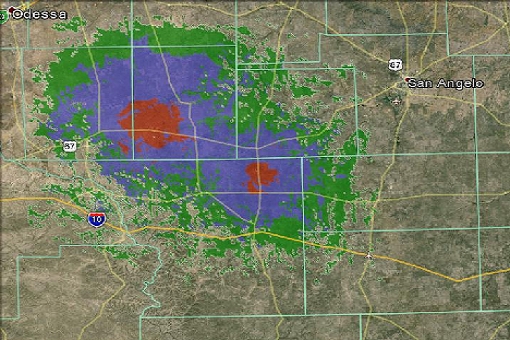
Multi-Site
Aggregate RF coverage study with two repeater sites.
-

Single Site
RF study with dramatic terrain variance.
-
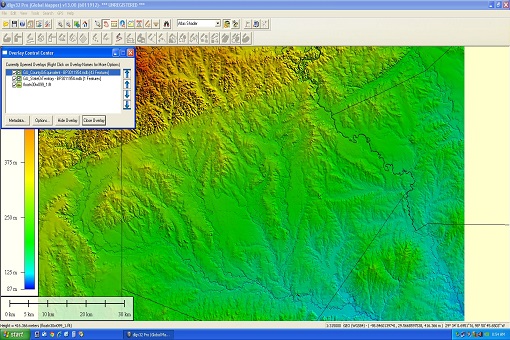
Terrain Analysis
3-D Topography analysis prior to site selection.
-
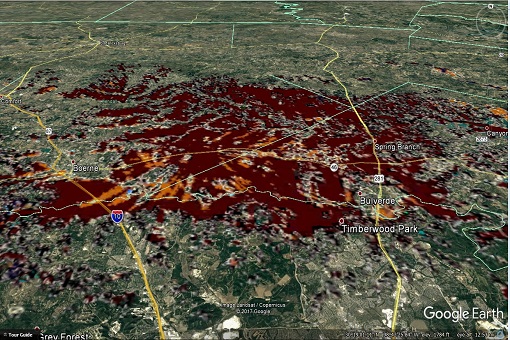
Google Earth Overlay
RF coverage study overlay on 3-D map.
-
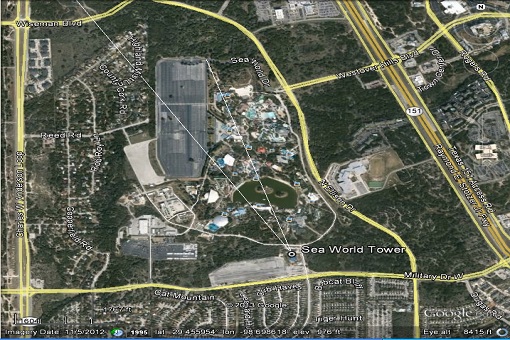
Site Survey
Site survey and analysis prior to selection of antenna orientation.
-

Site Survey
Completed RF Study after survey and analysis.
-
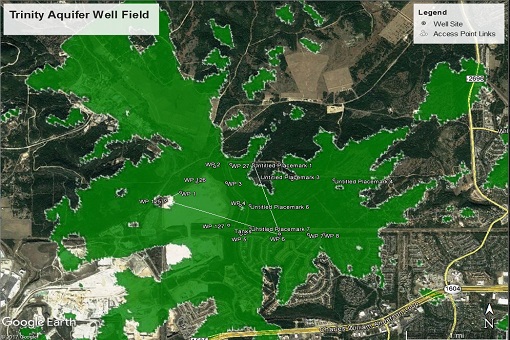
Predicted coverage
System predicted coverage prior to tower construction.
